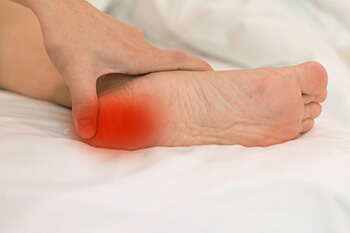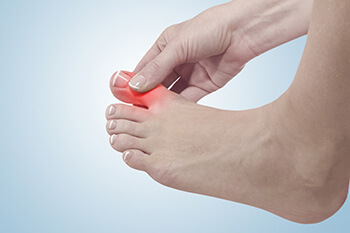
Sever’s disease primarily affects growing children, and it is defined as the aggravation or inflammation of a growth plate in the foot. The most common symptom of Sever’s disease is heel pain. Importantly, recurrence of Sever’s disease is possible. This means that once a child develops Sever’s disease and it goes away, it might come back. There are several steps that a parent might consider taking to help prevent the recurrence of Sever’s disease in their child. Ensuring that your child is wearing proper footwear that provides sufficient support is critical in preventing the recurrence of Sever’s disease. Also, ensuring that the child is not overweight and is maintaining a healthy amount of weight can be important in preventing recurrence. If you have more concerns or questions about dealing with or preventing the recurrence of Sever’s disease in your child, contact a podiatrist today.
Sever's disease often occurs in children and teens. If your child is experiencing foot or ankle pain, see Scott Samera, DPM from Samera / Foot + Ankle. Our doctor can treat your child’s foot and ankle needs.
Sever’s Disease
Sever’s disease is also known as calcaneal apophysitis, which is a medical condition that causes heel pain I none or both feet. The disease is known to affect children between the ages of 8 and 14.
Sever’s disease occurs when part of the child’s heel known as the growth plate (calcaneal epiphysis) is attached to the Achilles tendon. This area can suffer injury when the muscles and tendons of the growing foot do not keep pace with bone growth. Therefore, the constant pain which one experiences at the back of the heel will make the child unable to put any weight on the heel. The child is then forced to walk on their toes.
Symptoms
Acute pain – Pain associated with Sever’s disease is usually felt in the heel when the child engages in physical activity such as walking, jumping and or running.
Highly active – Children who are very active are among the most susceptible in experiencing Sever’s disease, because of the stress and tension placed on their feet.
If you have any questions, please feel free to contact our office located in Lake City and Branford, FL . We offer the newest diagnostic and treatment technologies for all your foot and ankle injuries.









